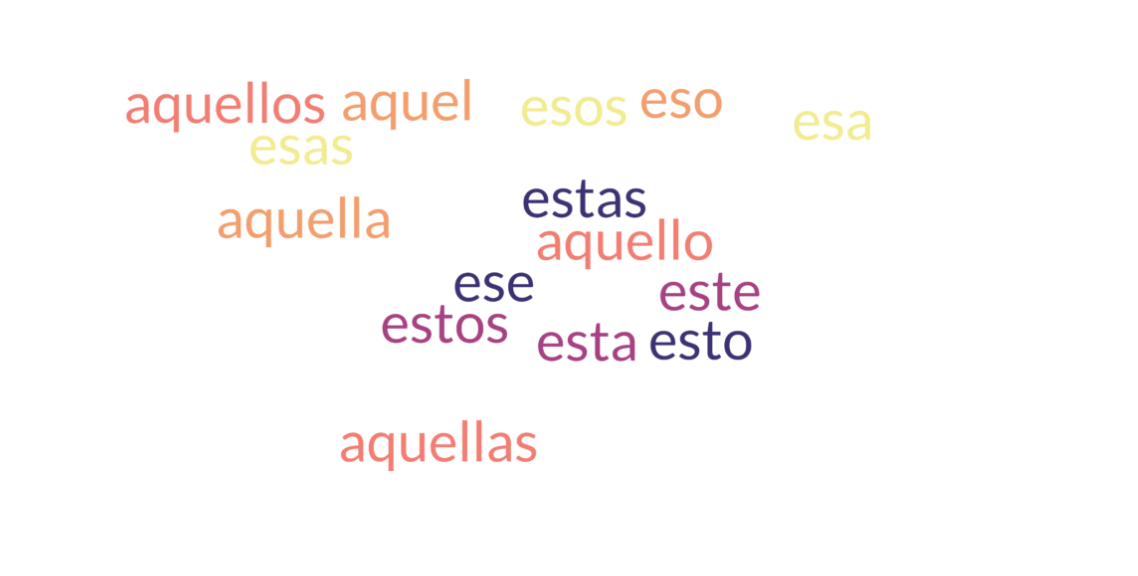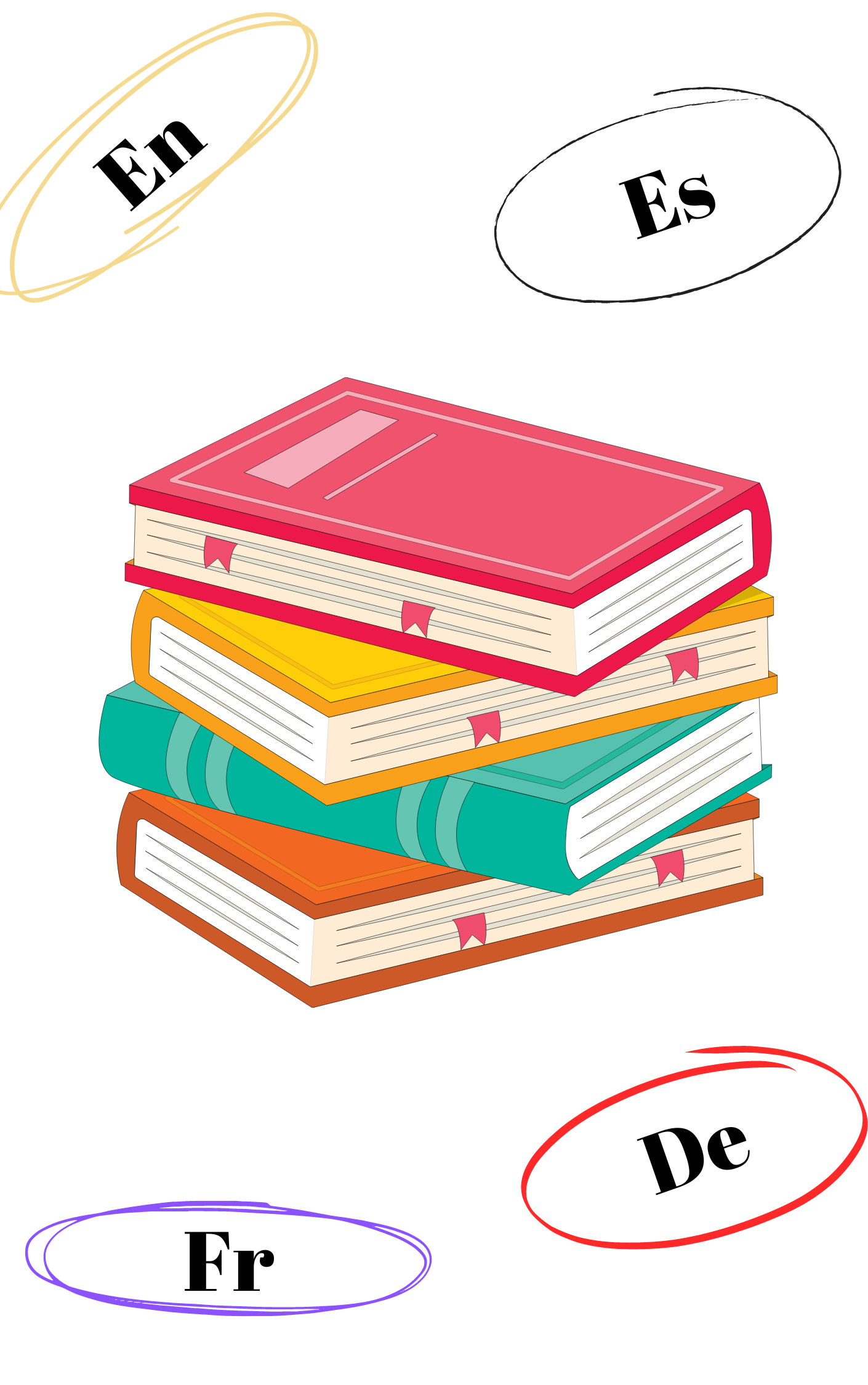¿Para qué aprendes español? Interrogative sentences
ne of the first things we need to learn when acquiring a foreign language is how to ask questions. In this article, we will explore the types and structure of interrogative sentences in Spanish, which words can be used to ask questions depending on what we want to know, and some additional characteristics of interrogative sentences. Let's go!
One characteristic of interrogative sentences in Spanish, unlike other languages, is the use of double question marks. An opening mark (¿) and a closing mark (?) are used.
¿Cómo te llamas? (What is your name?)
¿Qué quieres comer? (What do you want to eat?)
Types of interrogative sentences
Broadly speaking, there are two types of interrogative sentences in Spanish: total or closed interrogatives, which can be yes/no questions, meaning they are answered with a yes or no, or can offer alternative response options; and partial interrogatives. The latter cannot be answered with a yes or no or with an option given in the question, but require a more elaborate response. Let’s look at examples.
Total interrogatives lack an interrogative particle and can follow the order (Subject) + Verb + Complements or Verb + (Subject) + Complements. I place the subject in brackets because in Spanish it can be omitted and frequently is, and I present the two sentence orders because, as we have seen in other articles, word order is quite flexible in Spanish.
¿Vas (tú) a la fiesta? Sí. (Are you going to the party? Yes.)
¿(Ella) va a la fiesta? No. (Is she going to the party? No.)
¿Prefieres (tú) la camisa roja o la azul? La azul. (Do you prefer the red shirt or the blue one? The blue one.)
¿(Ella) prefiere la camisa roja o la azul? La roja. (Does she prefer the red shirt or the blue one? The red one.)
Partial or open interrogative sentences are characterized by beginning with an interrogative word, and follow the order Interrogative + Verb + (Subject) or Interrogative + (Complement) + Verb + (Subject), depending on the interrogative we use.
Interrogative words
Let’s look at examples of interrogative words and their functions.
¿Qué? – Used to ask about things, actions, definitions. ¿Qué haces? (What are you doing?)
¿Quién?/¿Quiénes? – Used to ask about people. ¿Quién llamó? (Who called?)
¿Cuál?/¿Cuáles? – Used to ask about specific options within a group. ¿Cuál prefieres? (Which one do you prefer?)
¿Cuánto?/¿Cuánta?/¿Cuántos?/¿Cuántas? – Used to ask about quantity. ¿Cuántos años tienes? (How old are you?)
¿Cuándo? – Used to ask about time. ¿Cuándo llegarás? (When will you arrive?)
¿Dónde? – Used to ask about location or place. ¿Dónde vives? (Where do you live?)
¿Adónde? ¿A dónde? – Used to ask about the direction of movement. ¿Adónde vamos? (Where are we going?)
¿Cómo? – Used to ask about mode or manner. ¿Cómo lo hiciste? (How did you do it?)
¿Por qué? – Used to ask about cause or reason. ¿Por qué llegaste tarde? (Why did you arrive late?)
¿Para qué? – Used to ask about purpose. ¿Para qué estudias español? (What are you studying Spanish for?)
Interrogative + Verb + (Subject): used with qué, quién, cuál, cuándo, dónde, adónde, cómo, por qué and para qué.
¿Qué haces (tú)? (What are you doing?)
¿Quién fue a la fiesta? (Who went to the party?) *(Quién, if not accompanied by a preposition, is normally the grammatical subject).
¿Cuál es la capital de Uruguay? (What is the capital of Uruguay?)
¿Cuándo viajas (tú) a Austria? (When are you traveling to Austria?)
¿Dónde está tu prima? (Where is your cousin?)
¿Adónde vais? (Where are you all going?)
¿Cómo llegó (usted)? (How did you arrive?)
¿Por qué no viniste ayer? (Why didn’t you come yesterday?)
¿Para qué quieres un coche nuevo? (What do you want a new car for?)
Interrogative + (Complement) + Verb + (Subject): used with qué, cuál and cuánto.
¿Qué coche te gustó más? (Which car did you like more?)
¿Cuál coche es el tuyo? (Which car is yours?)
¿Cuánto dinero traes? (How much money are you bringing?)
These interrogatives can also be accompanied by prepositions and, as you may have noticed, some have variations in grammatical gender and number. We will examine them in detail in subsequent articles. In those articles, we will also look at the negative form of interrogative sentences.
The intonation of interrogative sentences
It is important to learn the intonation of interrogative sentences in Spanish, since in many cases the order of the sentence is the same as that of a declarative sentence, which can lead to confusion.
Total interrogative sentences have a rising intonation at the end of the phrase:
¿Ustedes van a la fiesta? (Are you all going to the party?)
¿Vino María? Did María come?
Partial interrogative sentences have a rising intonation at the beginning and throughout most of the sentence that descends at the end.
¿Cuántos años tienes? (How old are you?)
¿Dónde vives? Where do you live?
Indirect interrogative sentences
Indirect interrogative sentences are subordinate clauses expressed as declarative phrases and are not enclosed in question marks, but the interrogatives are used in the same way as in a direct interrogative sentence. Let’s look at examples.
¿Por qué te enojaste? Direct. (Why did you get angry?)
No entiendo por qué te enojaste. Indirect. (I don’t understand why you got angry.)
¿Dónde están mis llaves? Direct. (Where are my keys?)
No sé dónde están mis llaves. Indirect. (I don’t know where my keys are.)
¿A qué hora vuelves? Direct. (At what time are you coming back?)
Quiero saber a qué hora vuelves. Indirect. (I want to know at what time you’re coming back.)
We have reached the end of this article, which has been just an introduction to this frequently used topic in the language. In subsequent articles, we will examine the different interrogatives in detail, as well as negative interrogative sentences and how to respond to different questions in Spanish. Thank you for reading!






Leave a Reply